Viktor Lowenfeld
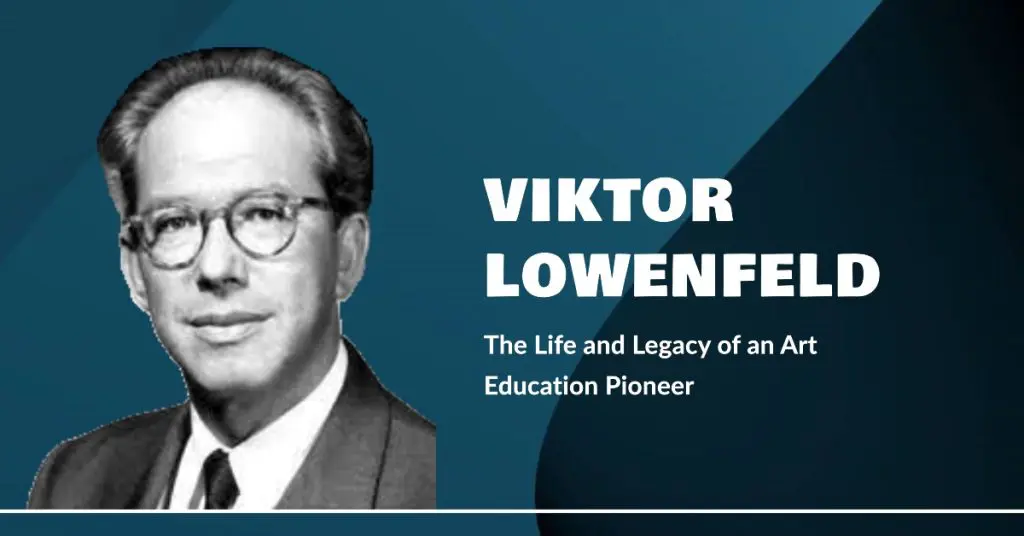
Viktor Lowenfeld was a titan in the field of art education. Born in Vienna, Austria, in 1903, Lowenfeld developed a unique approach to teaching that emphasized creativity and self-expression.
He studied at the University of Vienna and later taught at various institutions, including the University of London and Penn State University.
Lowenfeld’s teachings were groundbreaking, and his theories on stages of artistic development in children are still studied today.
In this article, I will explore his life and contributions to the field of art education.
Table of Contents
The Man Behind the Theories
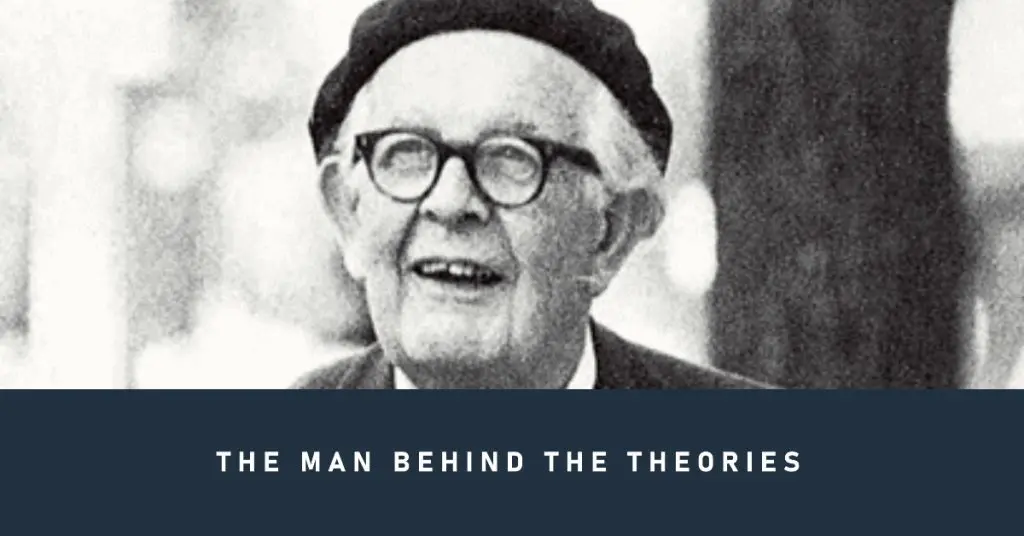
Viktor Lowenfeld was not just a theorist but also an accomplished artist himself. He received private lessons from some of the most renowned artists of his time, including Oskar Kokoschka.
He used this experience to inform his own approach to teaching art.
An Unconventional Approach
Lowenfeld’s approach to teaching art was unconventional for its time.
Instead of focusing solely on technical skills (like drawing or painting), he emphasized creativity and personal expression as equally important aspects of artistic development.
His Influence on Art Education Today
Lowenfeld’s ideas continue to shape art education today. His book “Creative and Mental Growth” is still widely used as a textbook in university-level art education courses.
Creative and Mental Growth
His theories on stages of artistic development are also still studied today. Below are the six stages of artistic development according to Lowenfeld:
The Six Stages of Artistic Development
- Scribble Stage (1-3 years old)
- Preschematic Stage (4-6 years old)
- Schematic Stage (7-9 years old)
- Dawning Realism Stage (9-11 years old)
- Pseudo-Naturalistic Stage (11-13 years old)
- Decision Stage (13+ years old)
Criticisms and Limitations
Despite his influence, Lowenfeld’s ideas have been criticised over the years. Some feel that his emphasis on personal expression can be limiting for students who lack technical skills.
Others argue that his theories do not consider cultural differences or individual learning styles. Overall, there is no denying Viktor Lowenfeld’s impact on the field of art education.
His theories continue to be studied and debated today, and his approach to teaching has helped shape the way we think about art education.
Early Life and Education

The Austrian Roots of Viktor Lowenfeld
Viktor Lowenfeld’s life story reads like a novel, with the backdrop of a beautiful and tragic Austria. Born in 1903 in Vienna, he spent his earliest years in a city known for its grandeur and culture.
However, his education was interrupted by World War I, which shattered the Empire he grew up in. This interruption forced him to grow up quickly, learning to adapt to difficult circumstances early.
An Artist with a Passion for Teaching
Despite the upheaval caused by the war, Lowenfeld never lost his fascination with art and education. He showed a natural talent for drawing and painting from an early age.
But what set him apart from other artists of his generation was his desire to teach others how to create too.
The University Years
After high school, Lowenfeld attended the University of Vienna, where he studied art history and philosophy.
He also had the opportunity to study under some of the great artists of his time, like Oskar Kokoschka, who heavily influenced Lowenfeld’s concepts about art education.
Viktor Lowenfeld’s upbringing in Austria instilled a deep appreciation for culture and creativity that would shape his life.
His early interest in art and his passion for teaching set him on a path towards developing innovative approaches to art education that would influence generations of students and educators alike.
Teaching Career
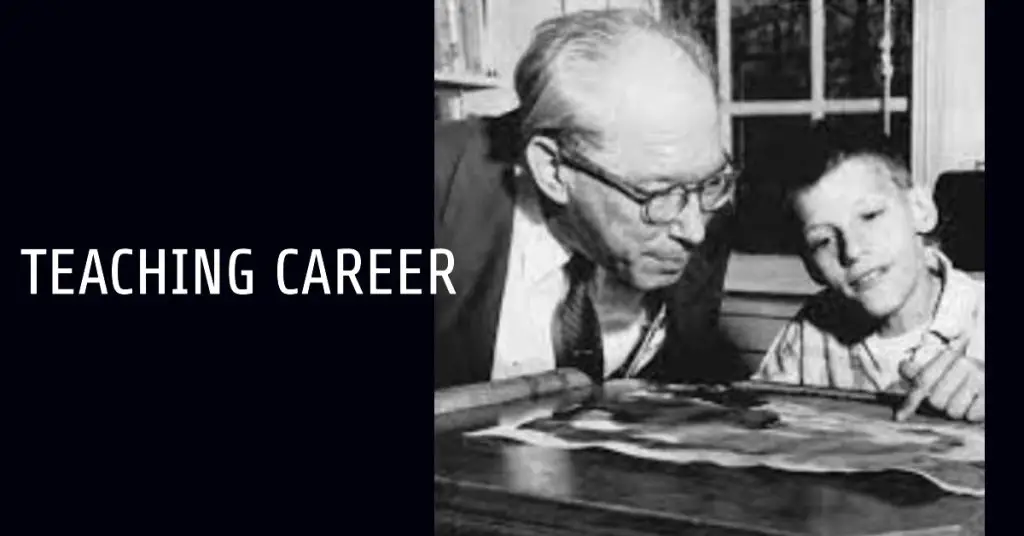
Lowenfeld’s Teaching Positions
Viktor Lowenfeld held teaching positions at various institutions throughout his career, including the University of London and Penn State University.
His tenure at these institutions allowed him to spread his unique art education approach, emphasising creativity and self-expression.
Lowenfeld was a visionary in this regard, as he recognized that traditional approaches to art education were focused solely on technical skill and reproducing famous works of art.
He believed students should be encouraged to think independently and express themselves through their artistic creations.
Lowenfeld’s Unique Approach
Viktor’s development of a unique approach to art education is perhaps his most lasting contribution to the field.
This method emphasized creative freedom over technical proficiency, encouraging students to explore their ideas and emotions through artwork.
Rather than focusing on producing flawless copies of famous artworks, Lowenfeld believed that students should be taught how to think like artists – developing their own unique styles and approaches.
This approach was not without its detractors; some believed it emphasised subjective interpretation over objective technical skill too much.
However, in my opinion, Lowenfeld’s approach is more relevant today than ever before.
In a world where creativity is becoming increasingly important in the workplace and beyond, we need educators willing to nurture every student’s creative potential – rather than simply teaching them how to replicate existing models.
Theories and Contributions to Art Education
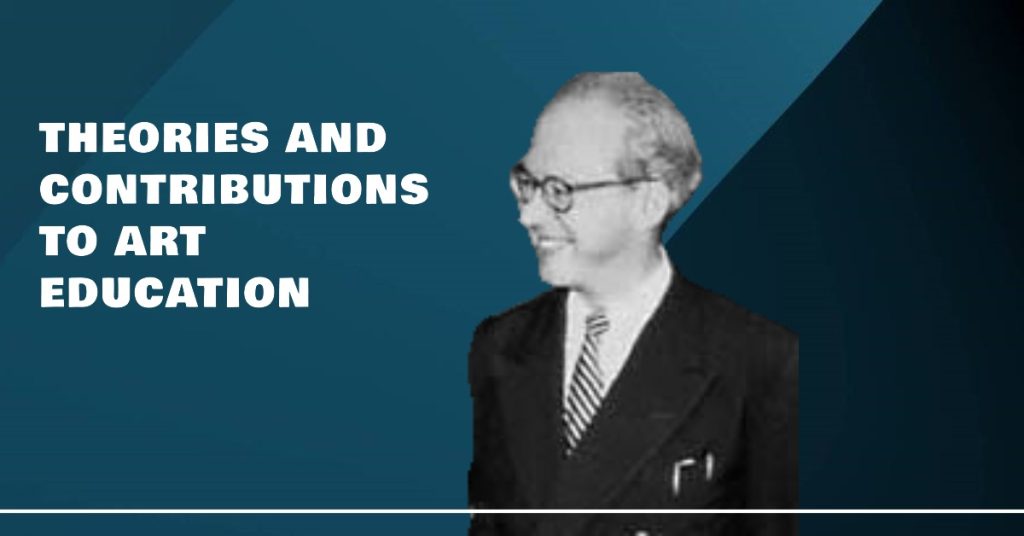
Lowenfeld’s influential book “Creative and Mental Growth”
Viktor Lowenfeld’s book “Creative and Mental Growth” has been a cornerstone in art education since its publication in 1947.
The book outlines Lowenfeld’s theories on the stages of artistic development in children, from the scribble stage to the period of realism.
He believed that each child went through these stages at their own pace, depending on their individual experiences and cognitive abilities. This book has influenced countless art educators all over the world.
His theories on stages of artistic development in children
Lowenfeld’s theories on stages of artistic development have given us a roadmap for understanding how children learn about art.
They help us recognize where students are in their artistic journey so that we can adjust our teaching methods accordingly.
According to his theory, every child goes through six distinct stages: scribble stage, pre-schematic stage, schematic stage, gang age stage, pseudo-naturalistic stage and finally, the period of realism.
How his theories have impacted modern-day teaching methods
The influence of Lowenfeld’s work can be seen in modern-day teaching methods like project-based learning and inquiry-based learning that prioritize creativity above everything else.
His pedagogy emphasizes that an environment where students have creative freedom is key to developing well-rounded, capable problem solvers with enhanced decision-making skills.
How his theories have been challenged by modern-day research
Despite his significant contributions to art education, some researchers criticize Lowenfeld’s developmental theory.
They claim that it emphasises external factors such as experience and age rather than internal cognitive processes such as perception or judgment-making capacity, which play a major role in expressing creativity through visual arts.
This criticism raises the debate on whether or not Lowenfeld’s theories are still relevant in modern-day art education.
Nonetheless, it is safe to say that his ideas have had a significant impact and will continue to influence how art is taught for a long time.
Viktor Lowenfeld’s Legacy
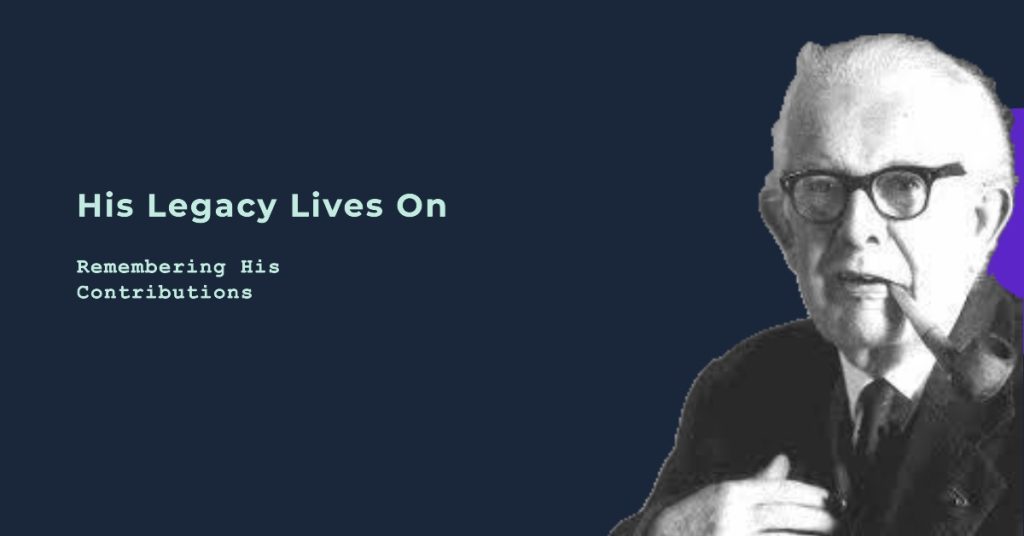
How Lowenfeld’s ideas continue to shape art education today
Viktor Lowenfeld’s theories on art education have left a lasting legacy in the field. His emphasis on creativity and self-expression has influenced countless educators and artists.
Many of his concepts, like the stages of artistic development in children, continue to be used as a framework for teaching art.
His book “Creative and Mental Growth” also remains a staple in many college-level art education courses. The idea that a child’s self-expression through art is important to their overall development is still prevalent today.
Many educators encourage students to create freely without fear of judgment or criticism, just as Lowenfeld suggested. This approach can help build confidence and encourage artistic exploration.
Criticisms or limitations of his approach
While Lowenfeld’s contributions to the field are significant, it’s important to acknowledge that there are criticisms of his approach.
One such criticism is that his theories may not apply universally across cultures or age groups.
For example, some cultures place less emphasis on individual expression and more on tradition or community values when it comes to making art.
Furthermore, some have argued that Lowenfeld’s focus on self-expression may ignore other important aspects of artistic development, such as technical skills or historical context.
While creativity should be encouraged, it should also be accompanied by instruction in foundational techniques and knowledge about influential artists throughout history.
Lowenfeld certainly made significant contributions to the field of art education with his emphasis on creativity and self-expression.
It is important for educators to consider other approaches as well when teaching their students about the arts.
Concluding Thoughts on Viktor Lowenfeld
Viktor Lowenfeld was a true visionary in the field of art education. His teachings and theories have impacted how we teach art to children today.
By emphasizing creativity and self-expression, Lowenfeld paved the way for a more holistic approach to artistic development that values individualism over conformity.
Summary of Lowenfeld’s Impact on art education
Lowenfeld’s contributions to art education are truly astounding. He revolutionized how we teach children about art and helped establish it as a legitimate field of study in its own right.
Thanks to his work, countless young artists have been inspired to explore their creative side and develop their own unique styles.
However, it is important to note that Lowenfeld’s approach is not without its criticisms or limitations.
As was discussed before, some argued that his emphasis on individualism could sometimes lead to a lack of structure and discipline in the classroom, while others question the universality of his theories on stages of artistic development.
Despite these challenges, there is no denying Viktor Lowenfeld’s lasting impact on art education.
His legacy inspires educators worldwide, encouraging them to embrace creativity and self-expression as vital components of any well-rounded education.
For this reason alone, Lowenfeld’s contributions will be felt for generations.
References:
- Viktor Lowenfeld (1903–1960) – Early Career and Influences, Lowenfeld’s American Career, Influence on Art Education. education.stateuniversity.com/pages/2195/Lowenfeld-Viktor-1903-1960.html.
- University of Vienna. www.univie.ac.at/en.
- Study With the University of London, Anywhere in the World. www.london.ac.uk.
- The Pennsylvania State University | Penn State | Penn State University. www.psu.edu.
- “Oskar Kokoschka.” Wikipedia, 5 May 2023, en.wikipedia.org/wiki/Oskar_Kokoschka.
- Lowenfeld’s Unremitting Legacy on JSTOR. www.jstor.org/stable/3192579.
- “ARE 6049: History of Art Education.” JENI HANSEN GARD, jenihansengard.weebly.com/are-6049-history-of-art-education.html.
- Peel, Edwin A. “Pedagogy | Methods, Theories, and Facts.” Encyclopedia Britannica, 2 May 2023, www.britannica.com/science/pedagogy.
- Misluk, Eileen. Examining Lowenfeld’s Theories and His Contributions to the Field of Art Therapy. 2015, scholarworks.iupui.edu/handle/1805/6478.



Leave a Reply